 1 / 15
1 / 15

 1 / 15
1 / 15

Mehmet Ali Bakanay is a law expert and collector who believes in the importance of supporting young artists. Interested in art since his childhood and approaching conceptual art with a particular focus on the notion of dilemma, we talked to Bakanay about his collection, his favorite artists, the art market and tips on collecting.
How did your adventure in collecting begin? What was the first artwork you bought?
Since I was little I used to buy the paintings, drawings and prints by the artists that I liked. Or I asked my family to buy them as a gift for me. Of course as I grew up this was replaced by a more conscious collectorship. I mean after 2005, a more serious buying process began. My first artwork was a small work in ink from Abidin Dino’s Istanbul series my grandmother bought me as a gift from an auction in France, when I was still a child.
What kind of works does your collection feature? What are your priority criteria for buying?
I find conceptual works more interesting. In general I try to collect diptychs. More recently in my collection I have been emphasizing the notion of duality. My top criterion is the artist’s respect for his own work and the work’s harmony with my collection… I focus on the artist as much as I focus on the artwork. Consequently, when I buy a work by a certain artist, I evaluate that artist’s individual artistic adventure, consistency in productivity, openness to innovation, his passion for the work and how seriously he takes it.
How did you select the works from your collection that were featured in the exhibition “Collectors’ Stories” which took place this year at Contemporary Istanbul?
Collectors’ Stories was a good PR work by the fair; actually I initially hesitated whether to participate or not. A collectors’ exhibition in a commercial environment was not exactly my kind of thing. But it was rather successful. At the end I was happy to have been part of it. I am a collector who always finds it more appropriate to stand on the artist’s side. As years passed, and as I am a young and serious collector, young artists endowed me with an involuntary mission. And with this purpose, I decided to use this occasion in favor of two artists that I have been supporting for a long time. I was able to fulfill my goal; both were featured among the most promising young, star artists this year. I am very happy for them. The first of these artists was Yuşa Yalçıntaş. The naïve but also very strong narrative in Yuşa’s works is one of the most important elements that appeal to me. He is an intellectually oriented artist who is very skillful in combining deeply philosophical approaches with technical mastership in drawing. The second artist is Sibel Kocakaya, whose works entered several individual and institutional collections abroad following her artist residencies in Bern and Lyon as well as her exhibition “Apparences Binaires” in Paris. I have been following Sibel’s artistic practice closely and for a long time.
How else do you or do you hope to share your collection with the public ?
At this point, except for my home and offices, the majority of my collection items are in storage. Frankly, I do not have a clear idea on what will happen in the future. In my opinion, collecting is the manifestation of a selfish instinct to own something; I can use the collection in a project that does not have such a drive… or I would donate it and be liberated :-)
“Since I was little I used to buy the paintings, drawings and prints by the artists that I liked. Or I asked my family to buy them as a gift for me. Of course as I grew up this was replaced by a more conscious collectorship.”
Do you have consultants? Which sources do you use for collecting information?
No, I don’t have consultants. But as years passed, I made friends both from Turkey and abroad whose opinions matter a lot to me. Generally I do not miss the exhibitions of the galleries I follow, neither here nor abroad… every year I am invited to the Rijks Academy Open Studio… I try to go to Amsterdam for this every time. I follow the developments in the Far East… particularly Korea and Taiwan. I visit fairs only if they feature works by those artists I follow… Otherwise I don’t. They give me a shopping center effect. In Turkey I follow Depo, Salt, Arter and Rampa regularly. I follow the magazines Yapı Kredi Yayınları Sanat Dünyamız, Art Asia Pacific, Canvas, Art in America and many other online media.
It is well known that you generously support young artists. Your collection features many works by emerging artists. Why do you think young artists matter? What can be done to support them?
In my opinion, supporting them is possible first of all through buying their works. Buy the work you believe in, you trust and understand… This way the market will also expand… Unfortunately, support is not possible without acquisitions. Of course, discovering new talents gives the collector a great pleasure. In addition to established artists, I buy works of those artists whose talent I believe in and who also have difficulties entering the system. This is surely a risk. But as what matters to me is the collection’s entirety, I evaluate this issue based on the artwork… In other words, the good work is important for me. I prefer young artists because it is particularly easier to follow this artistic process in their case and to dive in the process with them.
Themes and techniques you want to focus on or add to the collection?
As you already know I collect diptychs. I’m generally interested in duality and I prefer to focus on such topics. Another idea of a collection can be contemporary African art… But it is not clear yet. I find all techniques interesting. I don’t distinguish between media or technique… The artist and the work that excite me are the key.
In addition to established artists, I buy works of those artists whose talent I believe in and who also have difficulties entering the system. This is surely a risk. But as what matters to me is the collection’s entirety, I evaluate this issue based on the artwork…
Which “utopian” acquisition would you make if you had unlimited resources?
"Statue of Liberty", for instance; it would look cool in the garden:-)
Do you plan to turn your collection into a museum or create an art space where you can exhibit it?
Not for the moment. These are difficult endeavors! But if I ever want to do something, I would want to create an artist residency program functioning well in all aspects and that could become a reference for its participants.
We discovered that you have a substantial collection of African Tribal art as well. How did it emerge and where is it headed?
Yes. It is actually a four-year old collection that emerged spontaneously. It began years ago as I bought two African catapults from a dealer I met at the Venice Biennale... And now it has become a substantially rich collection. I have been informed that it might be the second largest collection of its kind in the entire world. Of course I also began collecting other African objects too in addition to catapults. I enjoy it a lot… I still keep working on it and conducting research…
What would you have collected if you hadn’t collected art?
I am fond of objects… I could have collected Chinese porcelain or Japanese bronze items. I still buy the pieces I like but not with a collector’s approach. I have liked Pre-columbian terracotta objects for many years; perhaps it could have been a collection of those.
Your recommendations for beginners in collecting?
As the art market is too prone to speculation, they must be careful, especially not to get carried away by market trends and to fall in their trap. The collector must build his own personal vision. It is crucial to follow new artistic theories. For understanding and keeping track of the change in art is only possible with having a broad and constantly updated vision. I think you will not be able to catch the future without this vision, thus you will not be able to make the right “investment”.
“As the art market is too prone to speculation, they must be careful, especially not to get carried away by market trends and to fall in their trap.”
This interview is conducted by Art50.net for TEB Private.



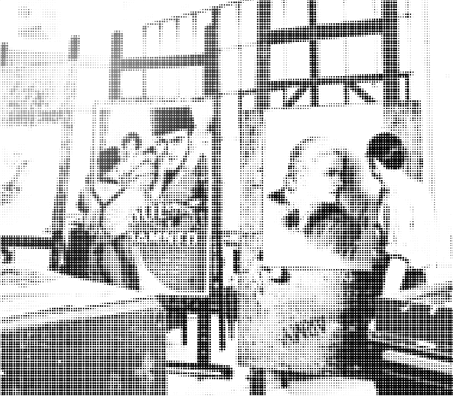



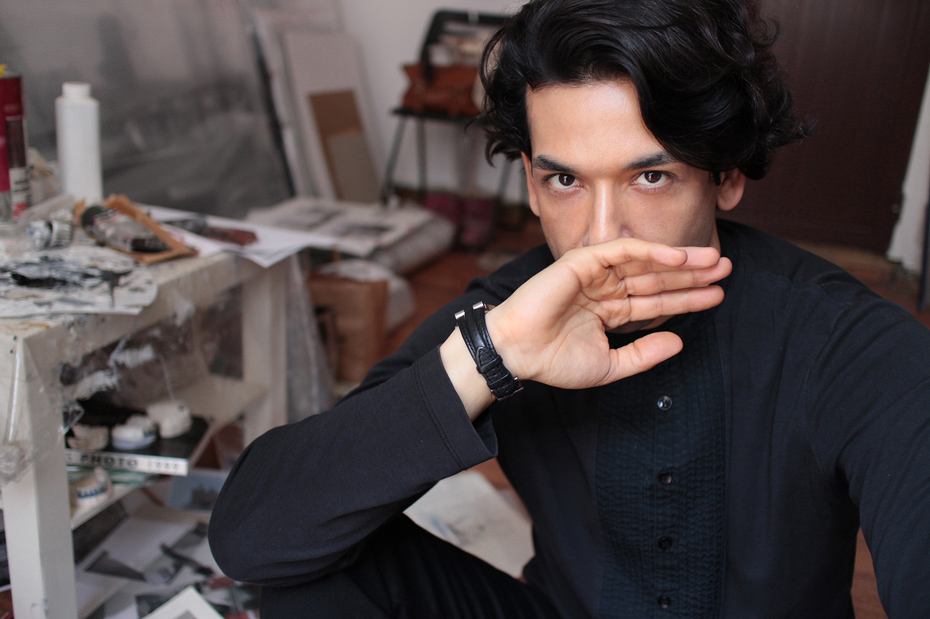
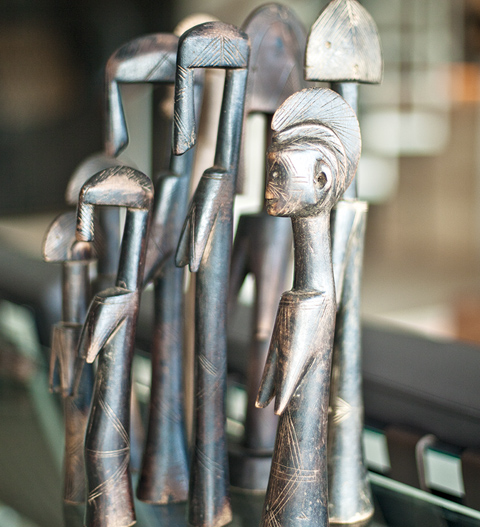
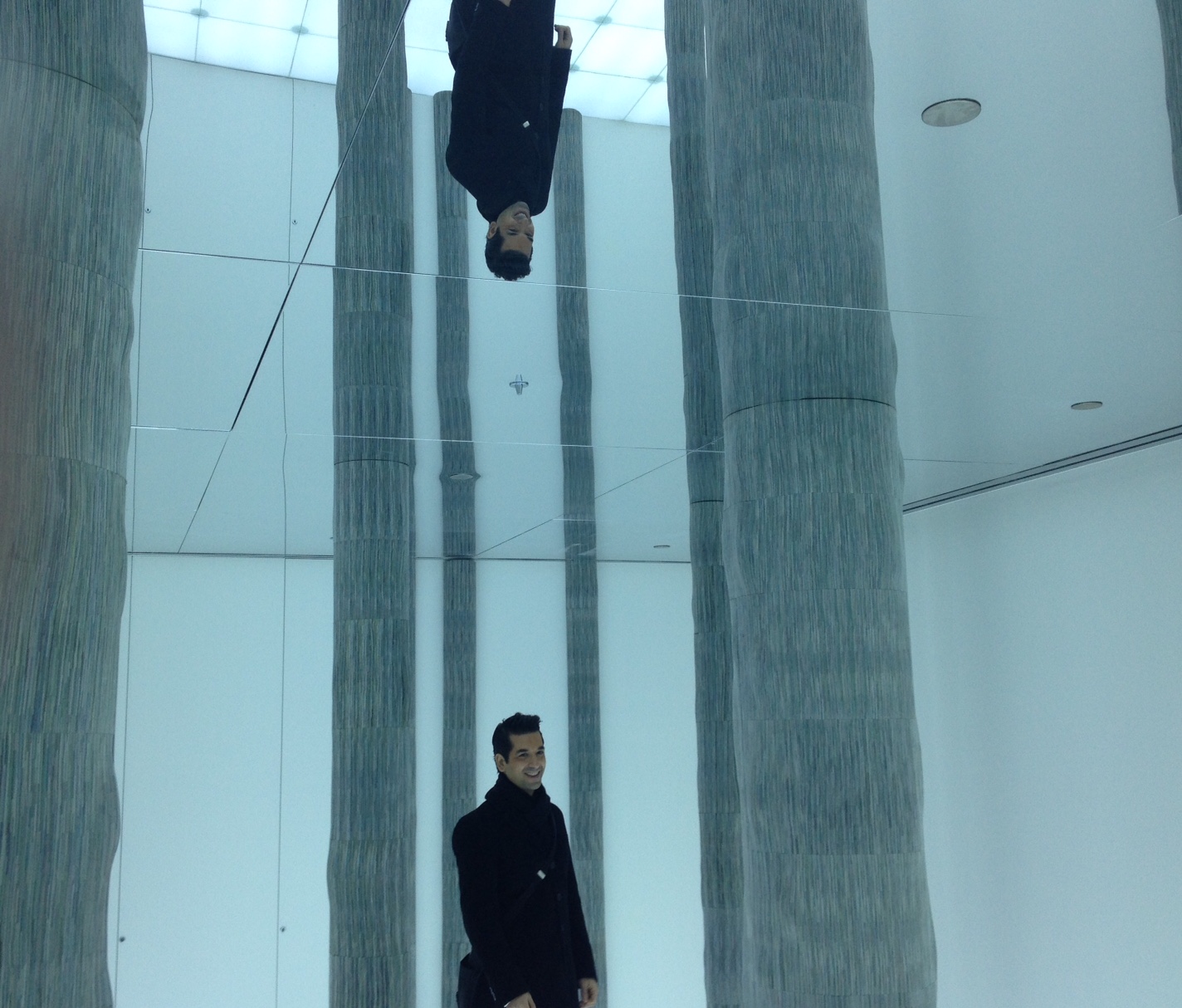

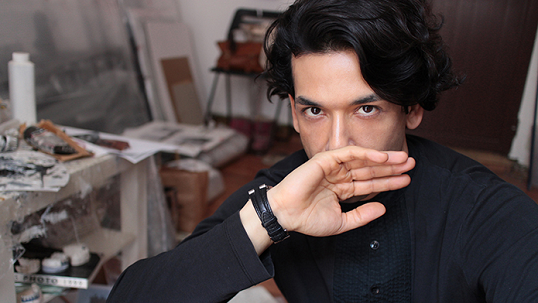
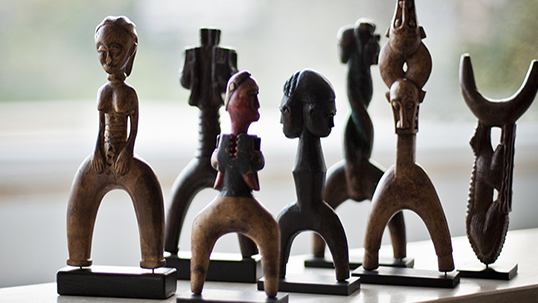
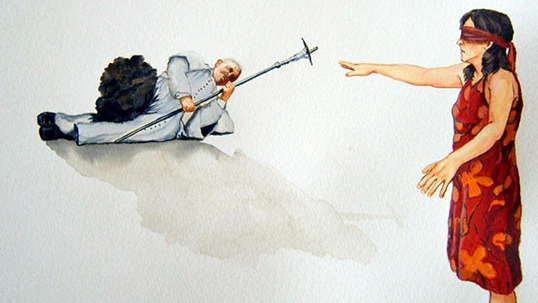
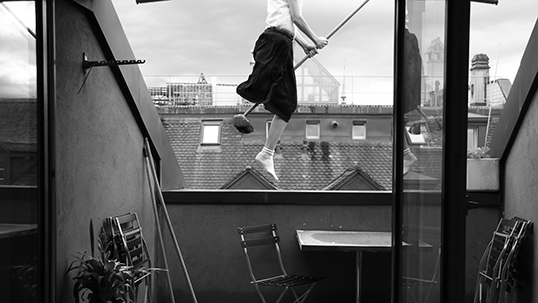
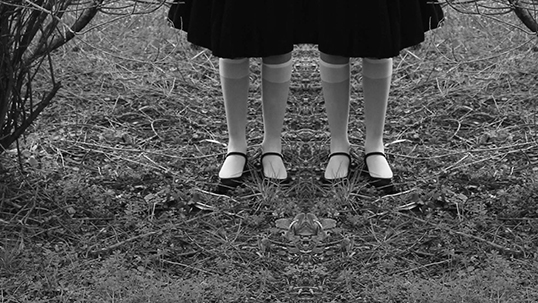
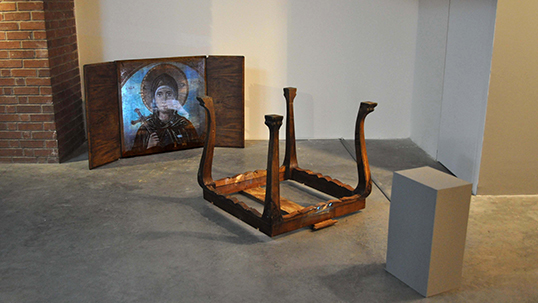
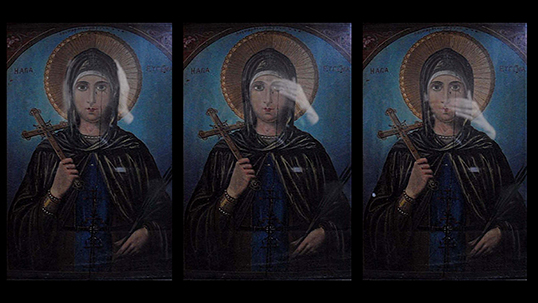
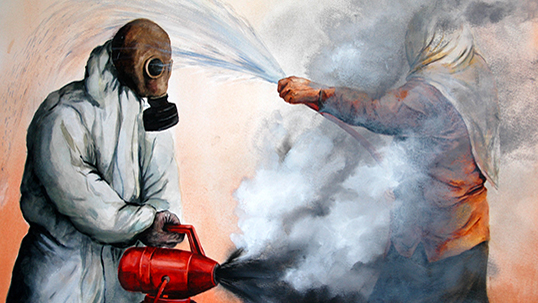
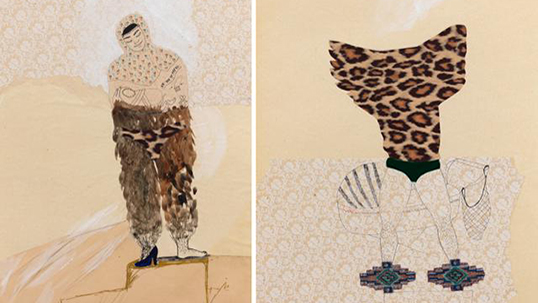
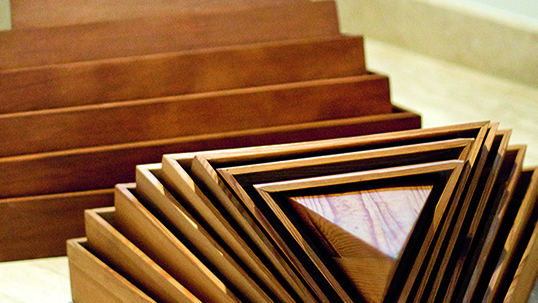
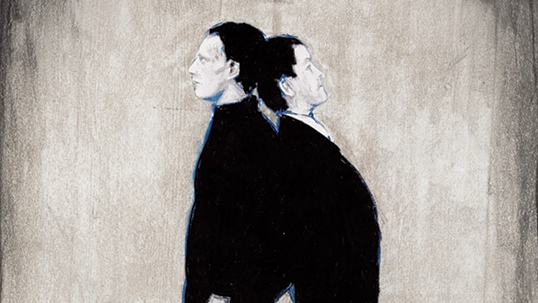
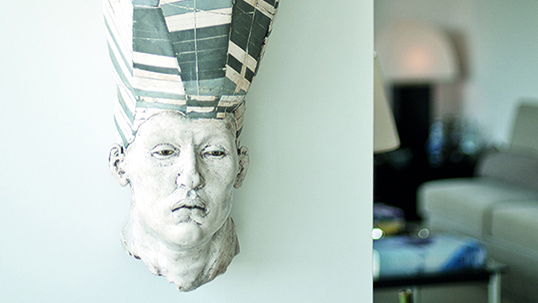
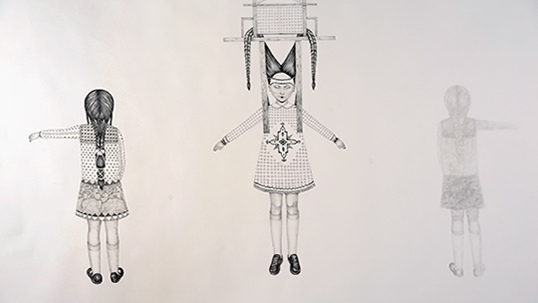
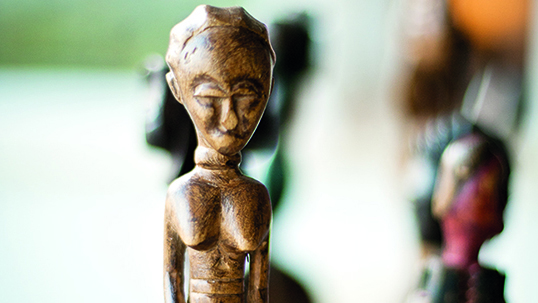
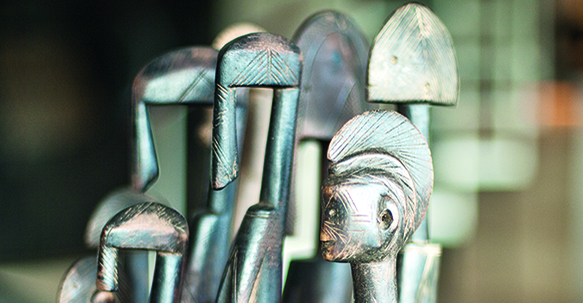




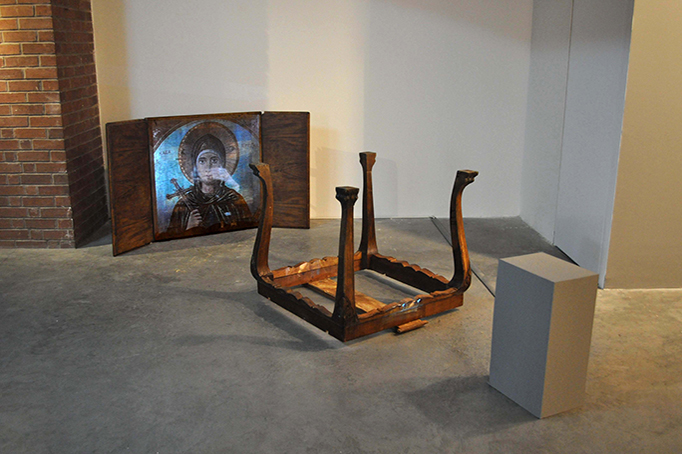
 UP
UP


